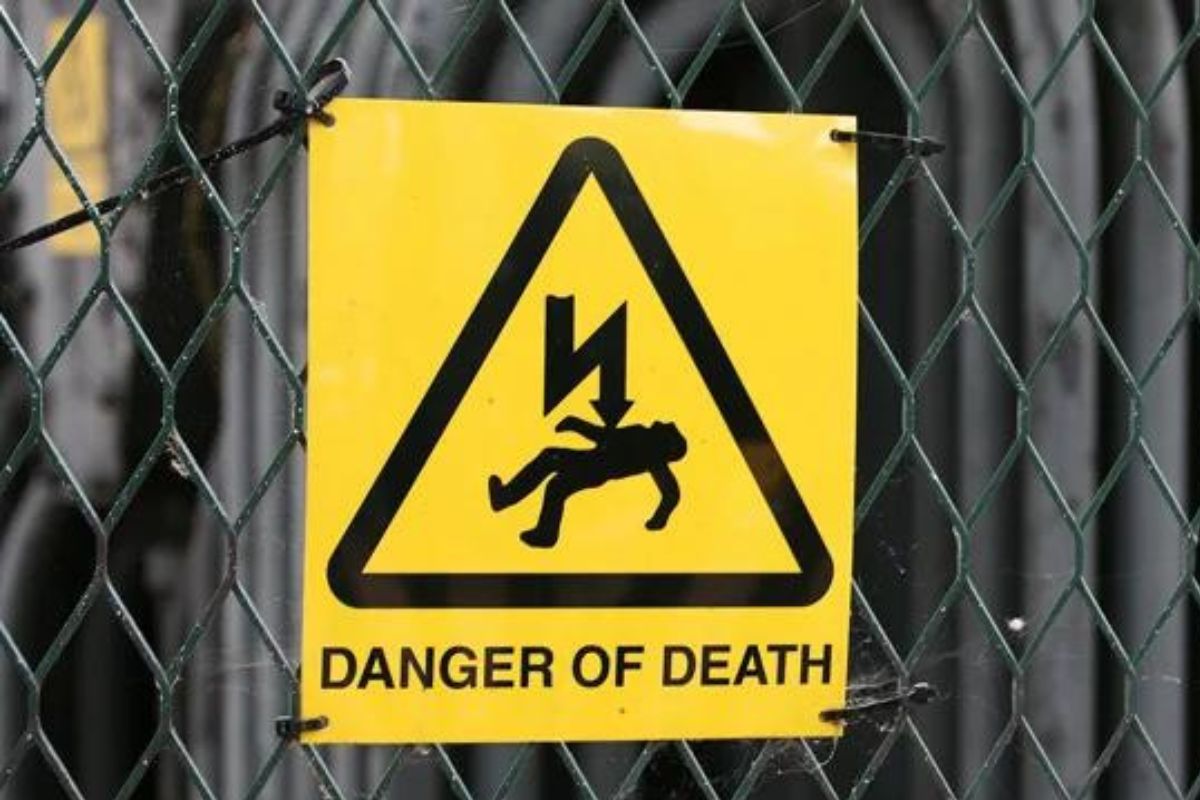Is it Answers Time rather than Question Time for Apprenticeships?

Recently, I’ve been reflecting on apprenticeships quite a bit. This could be because we have now well and truly handed over our External Quality Assurance of end-point assessment to OFQUAL and this distancing invites reflection.
I remember the very first Trailblazer meeting for employers, almost a decade ago now. The gathering took place in a packed, windowless room in the basement of the Department for Business, Innovation, and Skills, where officials shared plans for the first wave of Trailblazer apprenticeships. I was there with National Grid, Eon, and Northumbrian Water to look at how energy and utilities could take up the challenge of employer-led apprenticeship standards creation.
We would eventually produce Power Network Craftsperson, one of the first seven published standards-based apprenticeships. Water Process Technician came soon after. In response to the initial input from civil servants, I remember someone from one of the professional engineering institutions asking the question, ‘Are you sure you don’t just want to make the existing framework set-up for apprenticeships 10 to 20% better?’ It struck me as an interesting question at the time and now a decade on I am wondering if we were to reformulate the question, should we be asking are apprenticeships 10 to 20% better than they were?
I’m not looking to re-litigate the frameworks versus standards-based apprenticeship debate. Like other binary debates of the past, let’s leave it there. There are some real positives in the apprenticeship reforms. Are we still calling the reforms? It does seem to me that we should be looking to establish just how better the system now is. In doing so, what metrics would be helpful in establishing the extent to which we are now in a better place?
We could start by looking at potential evaluation criteria that drop out of the early policy rhetoric. For example, do employers feel that they ‘hold the pen’ in creating apprenticeship standards? Do employers consider this to have been an employer-driven reform? Does the simplified occupational standard allow increased access and understanding by the range of intended users: young people, their parents and carers, employees, employers, providers, and career advisers? Has this increased accessibility helped apprenticeships penetrate the nation’s psyche as a viable option for workforce planning and entry to work? Is the system more straightforward and more intelligible? Has the introduction of independence in end-point assessment given the increased confidence in the assessment outcomes that was intended?
What about the performance metrics? Are the numbers of apprenticeship starts up to where they need to be? What about improvements to the number of apprenticeship completions? Is there broader participation in apprenticeships? Are the uptake and successes distributed equally or equitably across groups and regions? Are all levels of apprenticeships benefiting equally? Are the 670 standards approved for delivery creating sufficient demand and leading to viable training delivery? We can now create dashboards to see how most of the apprenticeship standards have performed over time, so we can see and then look to understand what has worked and what hasn’t; what is effective and what is less so.
Then there are the more economic evaluative questions. Improving poor productivity in comparison with international competitors and addressing the decline in employers’ investment in training were two key intentions behind the apprenticeship programme. Are we seeing productivity increase? Given the extent of the public funding involved in apprenticeship, is there a greater return on investment? Is the apprenticeship levy yielding the desired outcomes? What were the desired outcomes? Have apprenticeships become an essential way to deal with aspects of workforce planning, and skills needs?
There are pockets of evaluation around. The National Audit Office has done a bit on value for money in 2016 and then again in 2019. Both accessed the view of a fairly representative sample of employers, representative bodies and other stakeholders, appropriate to the scale of each report. However, it might be time for a something deeper, more widely inclusive and a bit more holistic (or even synoptic – remember when that was to be an assessment ‘thing’?). The NAO report findings do tend to suggest that it might be time for some stock-taking.
How do you think it’s going? I’d be interested in questions you think need to be addressed, and the observations you have about how apprenticeships are going, based on your experience.
Barry Smith is Head of Assessment and Skills at NSAR. The views expressed here are his own.











Responses